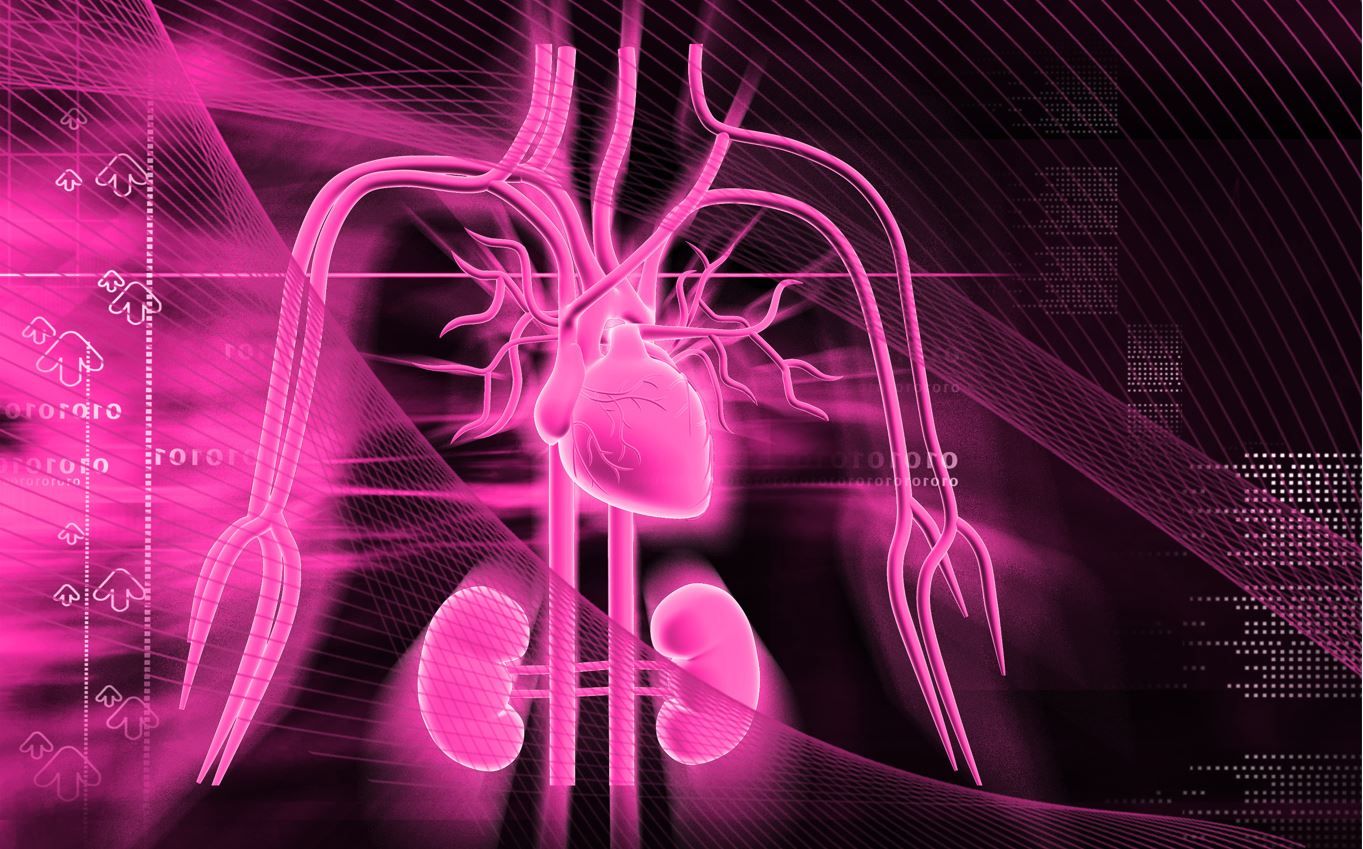Combined SGLT2i and GLP-1 RA Therapy Provides Complementary Cardiorenal Protection, According to Comprehensive Meta-Analysis
Findings from the large meta-analysis provide strong support for use of both classes to reduce CV and renal disease in adults with type 2 diabetes.
The effects of sodium glucose cotransporter-2 inhibitors (SGLT2i) on cardiovascular and renal outcomes in adults with type 2 diabetes (T2D) are consistent whether or not they are prescribed on background therapy with glucagon-like peptide-1 receptor agonists (GLP-1 RA), according to findings of the most comprehensive study of its kind.1
The collaborative analysis of clinical trials included in the SGLT2 Inhibitor Meta-Analysis Cardio-Renal Trialists’ Consortium (SMART-C) suggests the benefits of SGLT2i are independent of those for GLP-1 RA and provide strong support for their combined use to optimize treatment.

Specifically, the investigators found that among participants treated with an SGLT2i alone or in combination with a GLP-1 RA, the risk of major adverse cardiovascular events (MACE) was reduced by 11% and for hospitalization for either heart failure (HF) or CV death by 23%. When they evaluated the separate and combined effects on renal function, the risk of chronic kidney disease (CKD) progression dropped by 33% and the annual loss of renal function was slowed by nearly 60%.1
“Given the rapidly expanding indications for the use of GLP-1 receptor agonists, it was important to look at their effects with SGLT2 inhibitors,” clinical associate professor Brandon Neuen, senior research fellow at The George Institute of Global Health and director of kidney trials at Sydney’s Royal North Shore Hospital, said in a press release.2 Neuen, the study’s lead author, added, “SGLT2 inhibitors have clear protective effects against heart failure and chronic kidney disease, while GLP-1 receptor agonists can reduce the risk of heart attack, stroke, and also kidney disease…Our findings support using this combination to further improve outcomes in patients with type 2 diabetes who meet guideline recommendations for both therapies.”2
Current treatment guidelines and professional society recommendations endorse use of either class, or both, to reduce the risk of atherosclerotic cardiovascular disease in adults with T2D. Although the potential for benefits of combined use of SGLT2i and GLP-1 RA are recognized, however, few participants in the phase 3 clinical trials for the former were receiving the latter, limiting the statistical power to evaluate the combination.1
Neuen and colleagues’ work to fill the important gap in evidence comprised a meta-analysis of 12 randomized double-blind placebo-controlled trials included in SMART-C that enrolled only participants with T2D. They assessed 2 main cardiovascular (CV) outcomes, MACE (a composite of nonfatal myocardial infarction, nonfatal stroke or CV death); and hospitalization for heart failure (HF) or CV death. The renal outcomes of interest were a composite outcome for chronic kidney disease progression of a 40% or greater decline in eGFR, chronic dialysis, kidney transplantation or death from kidney failure; and rate of change in eGFR over time. Analysis of safety outcomes was assessed as well.1
OUTCOMES
The final cohort numbered 73 238; 82.1% had T2D and 4.2% were using GLP-1 RA at baseline.
Neuen et al reported MACE in 9.8% of all participants. Compared with those receiving placebo, the risk for MACE was lower among participants taking and SGLT2i (HR, 0.89; 95% CI, 0.85-0.94). The effect of treatment with SGLT2i on reduced risk of MACE was consistent in participants receiving (0.81, 0.63–1.03) and not receiving (0.90, 0.86–0.94) a GLP-1 RA, according to the study.
Overall, 8.5% of participants were hospitalized for HF or died due to CVD. Once again, the effect of SGLT2i on reduction of risk for hospitalization for HF or for CV death was consistent for participants taking a GLP-1 RA at baseline (HR, 0.76; 95% CI, 0.57-1.01) and those not taking a drug from the class (HR, 0.78; 95% CI, 0.74-0.82). A similarly consistent result in risk reduction was seen for the SGLT2i effect on HHF and hospitalization for CV death when analyzed separately.
As would be expected, the analysis found the risk of CKD progression lower for meta-analysis participants on SGLT2i than on placebo (HR, 0.67; 95% CI, 0.62-0.72). Mirroring the CV outcomes, Neuen and colleagues reported a similar risk for CKD worsening among those taking both types of medication at baseline (HR, 0.65; 95% CI, 0.46-0.94) and those using only an SGLT2 inhibitor (HR, 0.67; 95% CI, 0.62-0.72). Parallel findings were reported for annual rate of eGFR decline, with risk being similar for SGLT2i therapy with and without GLP-1 RA use.
There were 5822 (7.9%) deaths during the follow-up, according to the study. Analysis revealed consistent effects on all-cause mortality of SGLT2i used with GLP-1 RA (HR, 0.82, 0.60–1.13) or alone (HR, 0.89, 0.84–0.94).
Safety outcomes were similar across treatment groups while rates of serious adverse events were reported lower among participants treated with SGLT2i vs placebo, regardless of GLP-1 RA treatment.
There is wide acknowledgement that the cardiorenal protective effects of SGLT2i and GLP-1 RA are most likely the result of distinct mechanistic pathways, according to the authors. “Both classes of agents reduce cardiometabolic risk factors such as HbA1c, bodyweight, blood pressure, and albuminuria, although the effects of GLP-1 receptor agonists on glycaemia and bodyweight are substantially greater than those of SGLT2 inhibitors. However, these effects are unlikely to fully explain the magnitude of benefit observed on the clinical outcomes for either class.”
Regardless, the authors concluded, their findings “support clinical practice guidelines recommending the use of both these agents to optimise cardiovascular and kidney outcomes.”